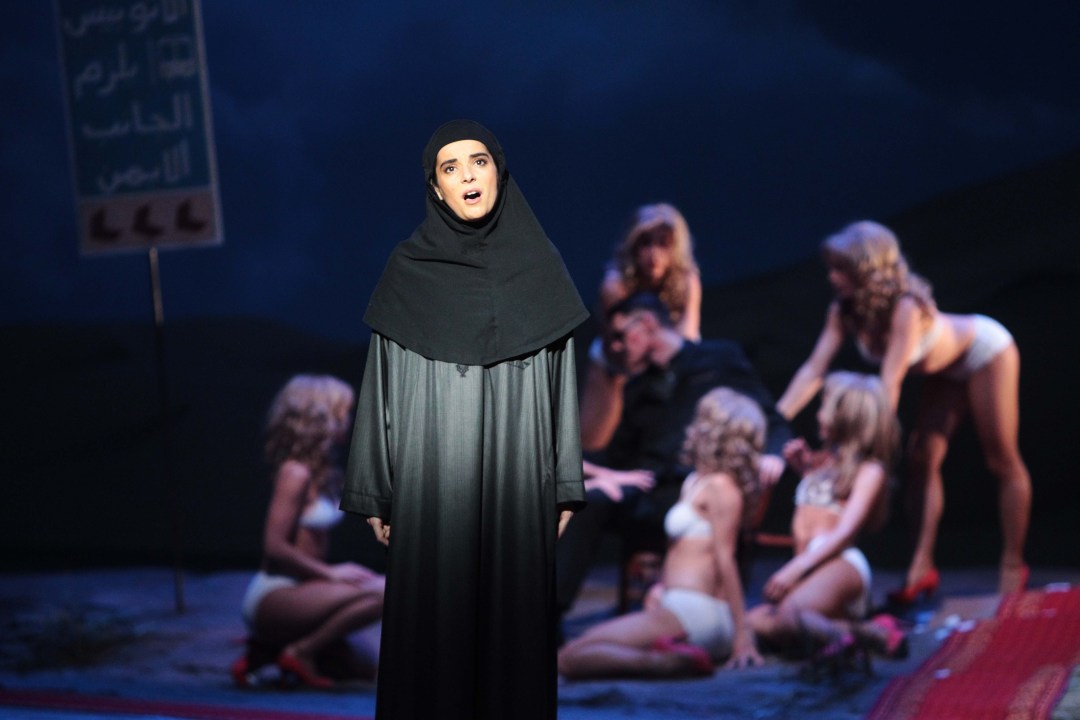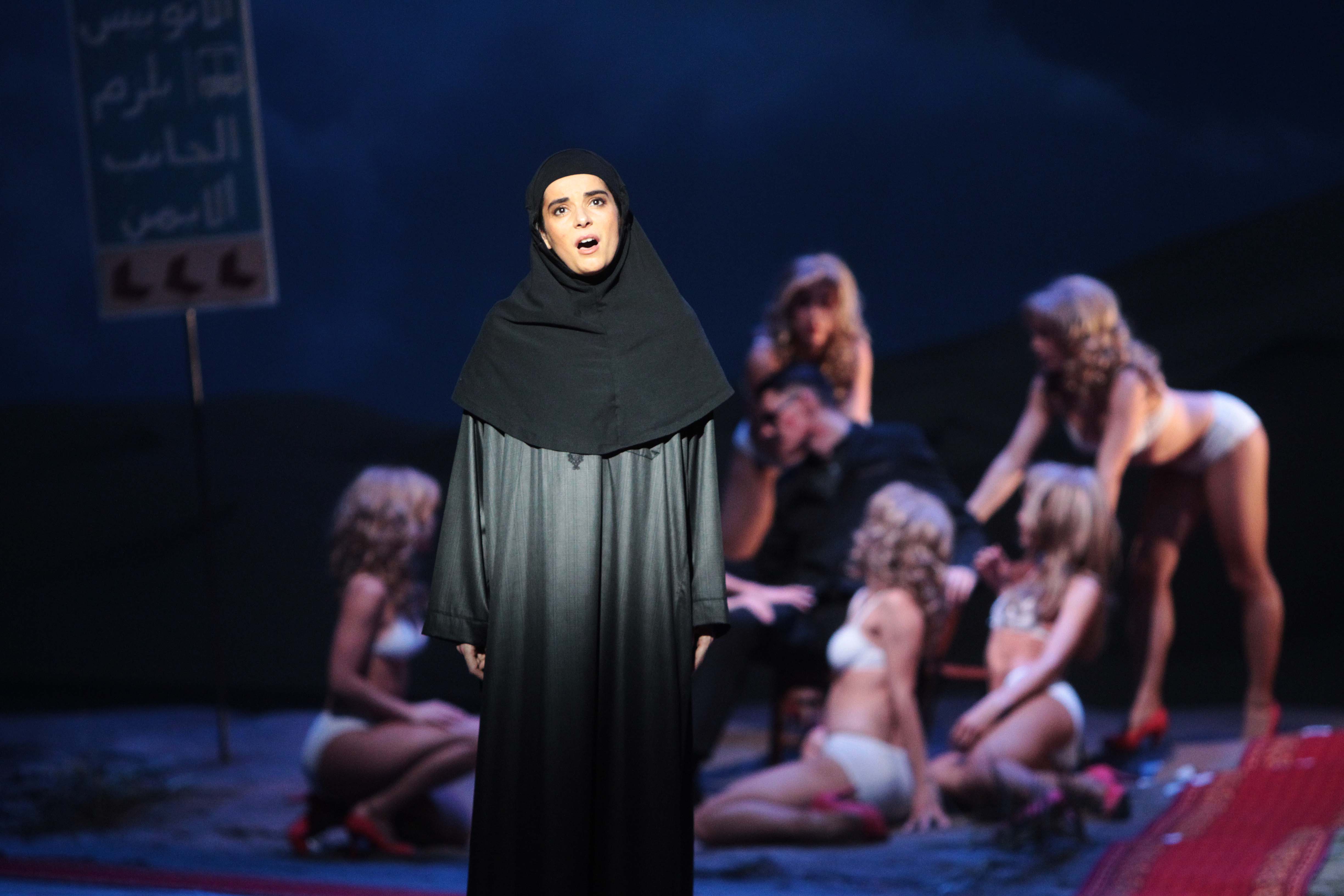You know how it is. You’re finishing off Friday prayers, wondering what to do with your evening. You notice some women in a cattle truck and decide to engage in a spot of ritual humiliation, bunging the women into burkas and forcing them to distribute petals in front of your feet. Critiques of Islam don’t get much more savage than the one delivered by a new French production of Rameau’s 18th century opéra-ballet Les Indes galantes. The third act assault on Iran’s patriarchy drew gasps from the audience – and even a protest at the Toulouse premiere.
The idea of casting Islam as an oppressor is a concept almost completely unknown to the art world. In Britain, the only fictional role open to Muslims is that of harassed victim. That Les Indes galantes arrives at the Barbican Hall on 6 March in a concert performance (burka-less) is, then, no surprise
The arts have diligently avoided taking part in this cultural battle. When works specifically invoke Islam, the reaction is sweaty-browed. Out comes the airbrush. Film and TV are notably nervy. Producers aren’t foolish enough to completely avoid the dramatic scenarios that Islamist terror throws up but most are still extremely keen to avoid the root cause. Surreal contortions result: Czech despots, Micronesian suicide bombers, Inuit terrorists.
Novellists are braver but the conversation is often subtler and more inward and, inevitably, has less consequence. And those writers who street brawl like Michel Houellebecq are ostracised.
Contemporary art avoids the subject altogether; there’s too much sponsorship money tied up in the Gulf. So, the most significant attack on the freedom of the Western artistic hand for two centuries – the prohibition on the depiction of Mohammed – is met with Trappist silence from the establishment.
Theatre is too left-wing. Pop occasionally finds itself on the receiving end of Imam wrath but few within it have the intellectual stamina to follow up their accidental provocations. Remember Rihanna’s photoshoot in the Abu Dhabi mosque? That was an interesting no-no. But I doubt it was an intentional feminist riposte to institutional misogyny. I could be wrong.
So, it’s left to opera. It may well be the best art form to have a friendly word with the religion. It’s used to tackling civilisational clashes, and has traditionally had a reasonable relationship with Islam. An obsession from its earliest days with Tasso’s crusader poem La Gerusalemme liberata has forced it to engage with the Middle East from the beginning. And while there’s a tendency to associate Muslims with sorcery, slavery and sexual depravity, recurring Islamic characters like Clorinda, Ermione and Armida are often characterised with sympathy and complexity.
The bias that opera has to its past means that it has had to revisit the East-West relationship far more than any other art form. And though opera directors can be as lily-livered as the rest, most are forced to develop a slightly stronger stomach for taking on the issues surrounding Islam. But you’ll have to get on the Eurostar to see the most radical stuff.







Comments